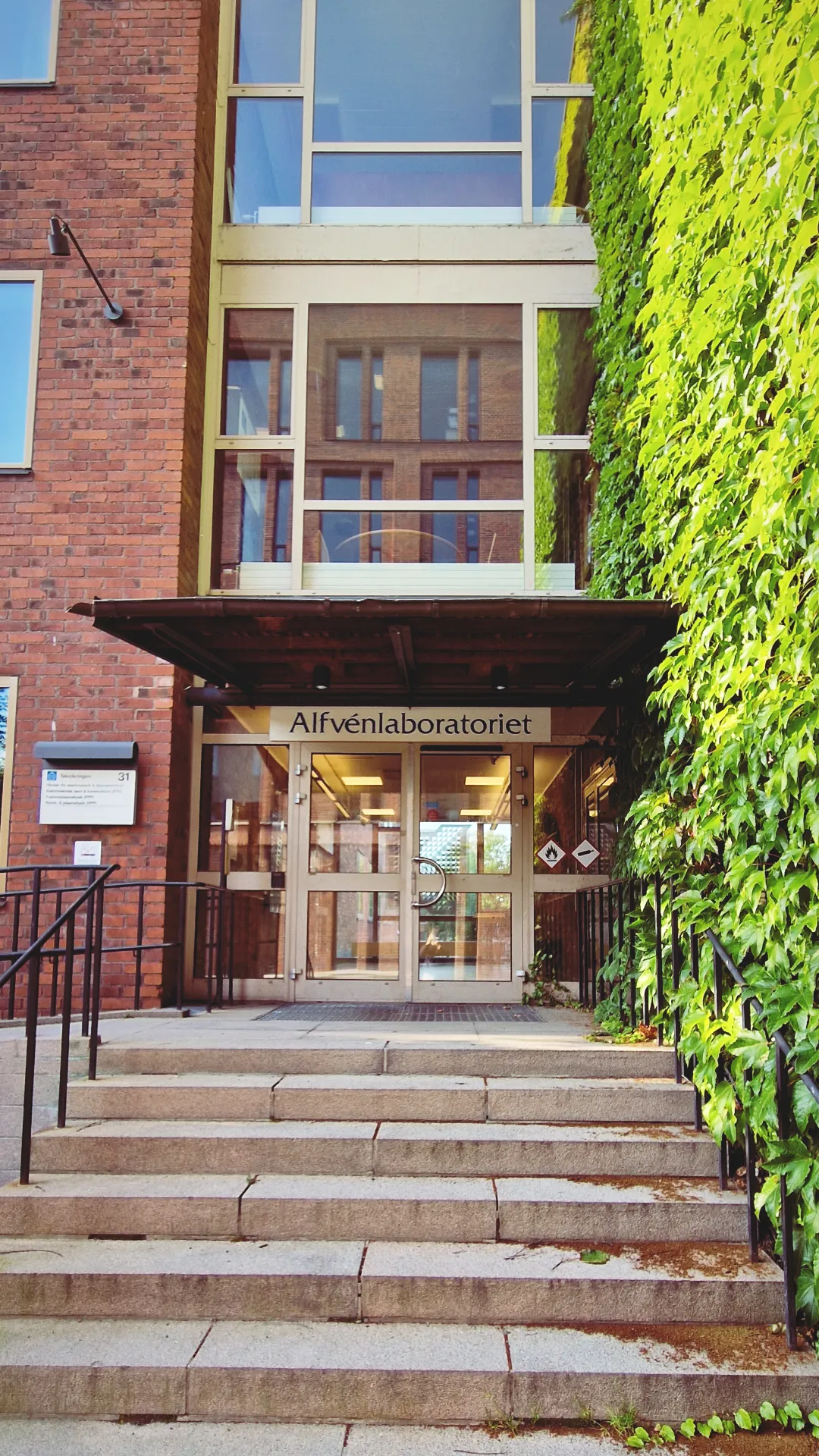From August 21 2023 to March 13 2024, I worked within the Complex Plasmas research group at
the Space and Plasma Physics Division of the KTH Royal Institute of Technology in Stockholm, in
order to develop my MSc thesis in Nuclear Engineering. Here, I had the pleasure to contribute to a
research project aiming to improve the current understanding of the steady-state remobilization of
metallic dust in tokamaks by means of Particle-In-Cell numerical modeling. For this purpose, I also
had the opportunity to spend three months at the Los Alamos National Laboratory, where a
state-of-the-art PIC code, named CPIC, is currently adopted to study plasma-object interactions.
Under the supervision of Prof. Svetlana Ratynskaia and Dr. Panagiotis Tolias, I spent my first three
weeks in Stockholm undergoing a broad literature research about the emergence of dust particles
in plasmas and their interaction phenomena with the plasma itself. I learned that dust – solid/liquid
particulates in the μm-nm range size - is produced in tokamaks because of several interaction
mechanisms between the plasma and the reactor first wall. After being generated, dust grains can
wander in the edge plasma and eventually stick to plasma facing components. Then, if a sufficiently
intense force acts on adhered dust, it can detach dust particles from the wall and release them again
in the plasma: we call this phenomenon “dust remobilization”. Unfortunately, we still poorly
understand how dust is remobilized during steady-state tokamak operation, where plasma forces
are deemed as responsible for detaching adhered dust. Numerical modeling has the potential to
drastically improve our capability of quantifying plasma-induced forces on dust in a reliable way.
This is why, in mid September, I traveled to the Los Alamos National Laboratory. Here, under the
supervision of Dr. Gian Luca Delzanno, I assisted the T-5 division in the implementation of new
numerical diagnostics that could enable the CPIC code to calculate plasma forces experienced by
dust grains. Then, we devised several validation tests in order to benchmark the new features of the
code. During this time, I discovered the fascinating nature of computational plasma physics and
gained a solid background knowledge about the PIC algorithm.
After three months, I returned to Stockholm, where I set up a simulation workflow dedicated to the
application of the new diagnostics to the problem of steady-state dust remobilization. Last, I was
involved in a thorough data analysis activity together with my supervisors.
Overall, this research experience turned out to be the best opportunity for personal and professional
growth that I could ask for. I had the chance to meet exceptional people who provided me with
invaluable guidance. I am very grateful to FuseNet for supporting this journey

